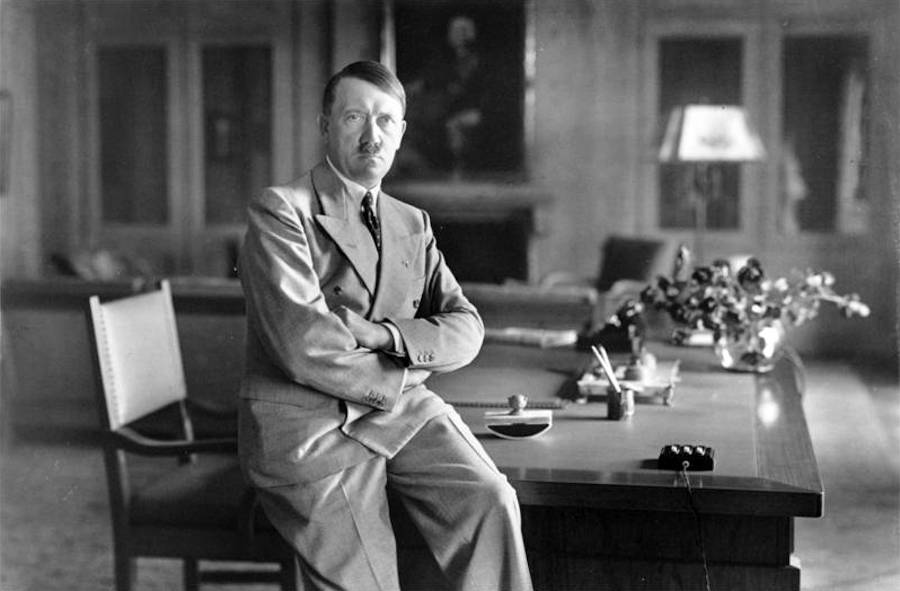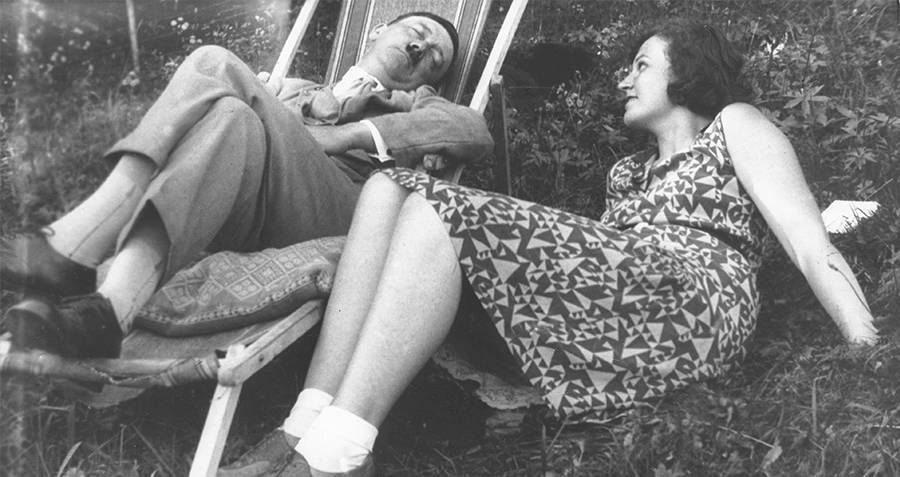“Who are these gatherers that fork out significant entireties for the specialty of a man who caused murder and cold-bloodedness past imaging?”


Nuremberg’s Auktionshaus Weidler is holding a sale dissimilar to some other this end of the week, as in excess of 30 signed canvases and drawings by Adolf Hitler will be presented to the most noteworthy bidder.
The pieces are generally involved watercolor artistic creations and reach from around $150 for a drawing of a little town’s religious community to $51,000 for a scene painting of a town by a lake, The Washington Post announced. One other outstanding consideration is a naked drawing of Geli Raubal — Hitler’s decent.
While the pieces going available to be purchased on Saturday are without a doubt of recorded worth, not every person is as substance to retroactively uphold Hitler’s sporting interests by holding a sale only centered around his work.


“Who are these gatherers that fork out significant aggregates for the specialty of a man who caused murder and brutality past envisioning?” British craftsmanship pundit, Jonathan Jones, contemplated in a 2015 segment. The selling of Hitler’s craft is “loathsome and wiped out,” he finished up.
There are endless other people who feel likewise, with Jones hosing his own dissatisfaction with the solid chance that a considerable lot of Hitler’s alleged works are phony — and just beginner compositions enhanced with the despot’s broadly accessible mark.
Auktionshaus Weidler gave a fundamental inventory specifying the “extraordinary closeout,” affirming the “marked or monogrammed” works by Hitler were made somewhere in the range of 1907 and 1936, and come from private assortments all through Europe.


The half-stripped drawing of Hitler’s half-niece Geli Raubal has attracted a significant part of the public’s consideration the interim. Hitler lived with her in Munich for some time, until she probably ended it all utilizing Hitler’s weapon in 1931. Much hypothesis about Raubal exists, including the idea that her relationship with Hitler and possible demise planted the seeds of the despot’s friction.
Offering on the despot’s forthcoming sale pieces has just begun, with invested individuals in China and the United Arab Emirates apparently being generally eager.
While salesperson Kerstin Weidler guards their premium as recorded interests and rejects that potential purchasers are “all old Nazis,” pundits contended that enemy of Semitism in the previously mentioned areas is the fundamental explanation behind their ability to burn through cash on Hitler’s specialty this end of the week. Weidler insistently couldn’t help contradicting this idea as far back as 2016, when comparable contentions were made.


“Not in any manner,” she said. “Among the purchasers, we have gatherers who need to claim a piece of world history. There are clients from everywhere the world, for instance an exhibition hall in Brazil.”
Hitler’s fine art is legitimately polarizing, with some contending it could assist us with understanding human conduct all the more plainly, and others discrediting it has any scholarly worth whatsoever. Deborah Rothschild — who curated a 2002 show on Hitler’s beginnings as a craftsman — is anxious to refine the despot through his specialty.
“I need to bring him down a peg,” she said. “He’s not a detestable virtuoso. He wasn’t brought into the world wickedness. On the off chance that things had turned out well for him I figure he would have been very glad to be a scholastic workmanship teacher.”
This thought lies as a glaring difference with that of her faultfinders who contend there’s an unavoidable connection among craftsman and purchaser that, for this situation, exceptionally entangles the morals encompassing the exchange.
“In the event that taking a gander at a composition can be said to comprise a snapshot of closeness with its painter, at that point gathering workmanship by the unhinged is commensurate to getting into bed with a maniac,” said Peter Beech of The Guardian.
At last, this isn’t the first run through Auktionshaus Weidler has profited by selling crafted by Adolf Hitler. In 2015, it made $450,000 for 14 bits of his. As top of the bartering house, nonetheless, Herbert Weidler has put forth an attempt to once again introduce those benefits into a memorable conservation society to keep individuals mindful of Nazi Germany’s abominations.